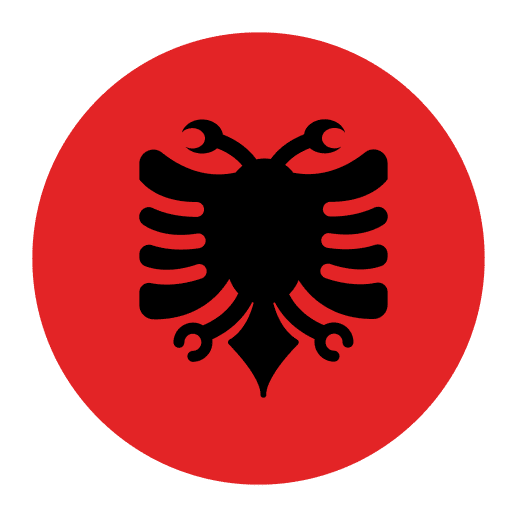Albanian Grammar Exercises
Ready to dive into Albanian grammar? Practicing a few basics will help you get comfortable with this unique and beautiful language. Try these exercises to build your confidence and have some fun along the way!
Get started
The most efficient way to learn a language
Try Talkpal for freeAlbanian Grammar Topics
Learning a new language can be a challenging yet rewarding endeavor. Albanian, an Indo-European language spoken mainly in Albania, is no exception. With its unique features and structures, learning Albanian requires a systematic approach to understanding its rich grammar. This guide outlines the key areas of Albanian grammar in a logical sequence for language learning, starting from the basics such as nouns and articles, and progressing to more complex areas like tenses and sentence construction.
1. Nouns:
Begin your Albanian language journey by learning the nouns. This includes understanding gender and number, common and proper nouns, and their plural forms. Albanian nouns also inflect for case and have both indefinite and definite forms, with definiteness often marked by a suffix attached to the noun.
2. Articles:
Articles in Albanian work differently from English. The definite article is typically a suffix added to the noun, while the indefinite article is the separate word një in the singular. Albanian also uses a linking article before adjectives and in certain genitive constructions, which agrees in gender and number.
3. Adjectives:
Adjectives in Albanian usually follow their nouns. Agreement is shown through the linking article placed before the adjective, reflecting the gender, number, and case of the noun. Learn how to form comparatives and superlatives, commonly with më for the comparative and the definite form for the superlative.
4. Pronouns/Determiners:
Pronouns and determiners are essential in Albanian; they replace nouns and provide information about person, possession, quantity, and more. Pay special attention to clitic object pronouns, which often appear before the verb, and to possessive determiners that agree with the noun they modify.
5. Verbs:
Albanian verbs change form for person and number and are used across several moods such as indicative, subjunctive, imperative, conditional, and admirative. Start with the present tense and common past forms, then expand to other moods and voices, including passive formations.
6. Tenses:
After mastering the verb forms, delve deeper into Albanian tenses. Key tenses include the present, imperfect, aorist, present perfect, pluperfect, and future forms. Learn how each tense is used in context to express completed actions, ongoing past actions, and future events.
7. Tense Comparison:
Comparing tenses in Albanian helps in understanding the sequence and aspect of events. Contrast the aorist with the present perfect, and the imperfect with the aorist, to see how Albanian distinguishes single completed actions, ongoing past actions, and present relevance.
8. Progressive:
The progressive aspect in Albanian is commonly expressed with the particle po before the finite verb or with the structure jam duke followed by the verbal noun or participle. Use these to express ongoing actions in the present or past.
9. Perfect Progressive:
This aspect is used to express actions that have been ongoing up until a particular point. In Albanian, it is formed with kam qenë duke followed by the participle for present perfect progressive, and kisha qenë duke for the past perfect progressive.
10. Conditionals:
Conditionals express hypothetical situations and their possible outcomes. Albanian uses forms with do të plus the appropriate verb form for potential or unreal situations, and if-clauses introduced by nëse or po të. Mastering these will add nuance to your language skills.
11. Adverbs:
Adverbs in Albanian modify verbs, adjectives, or other adverbs. They provide information about manner, place, time, degree, and more, often using forms identical to adjectives or fixed adverbial words like tani, dje, këtu, and atje.
12. Prepositions:
Prepositions link words and phrases together. They express relationships of time, place, direction, and more, using common items like në, te, tek, me, pa, për, nga, mbi, nën, para, and pas. Learn how they combine with cases and the linking article in noun phrases.
13. Sentences:
Finally, practice constructing sentences. Albanian typically has flexible word order with a common SVO pattern, uses clitic pronouns before the verb, negates with nuk, and forms questions by intonation or with a. Using all the previously learned grammar points in context will ensure a comprehensive understanding of the Albanian language.








